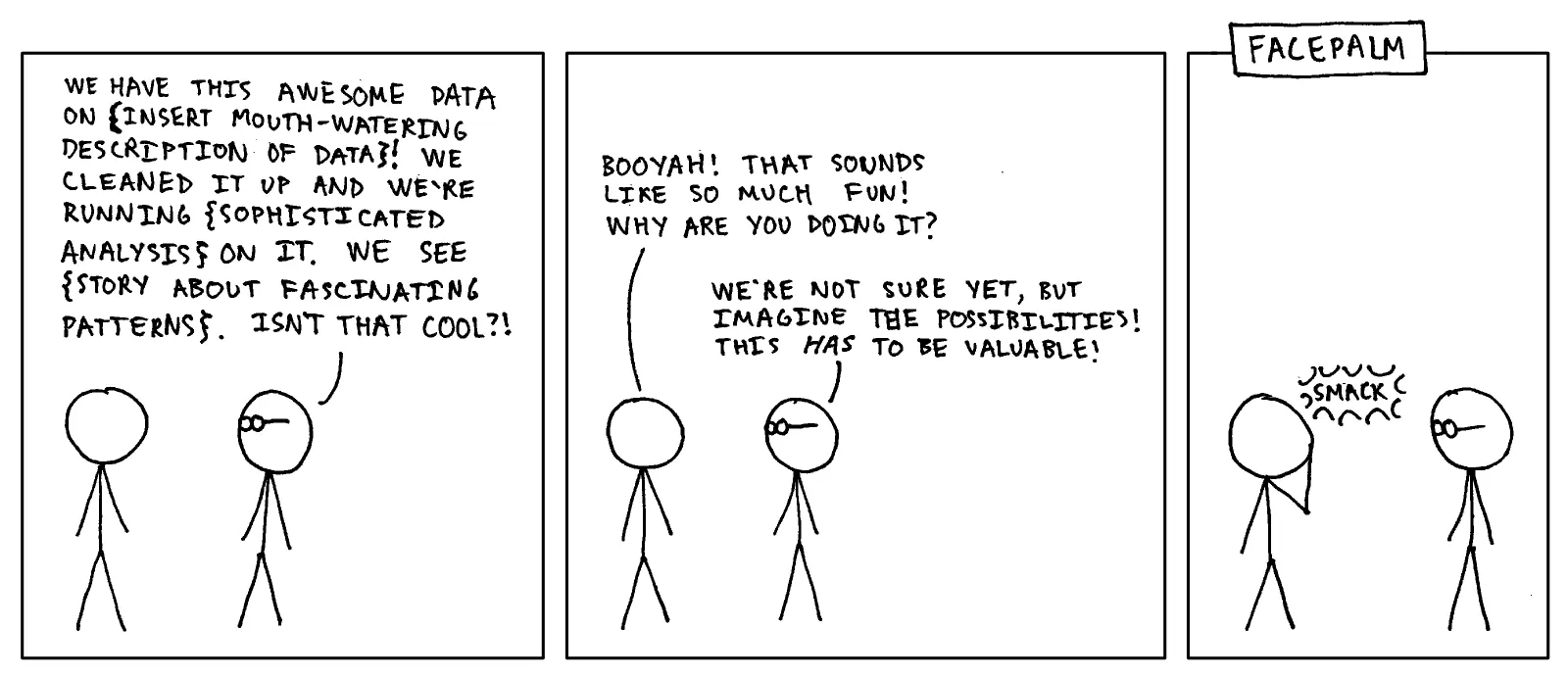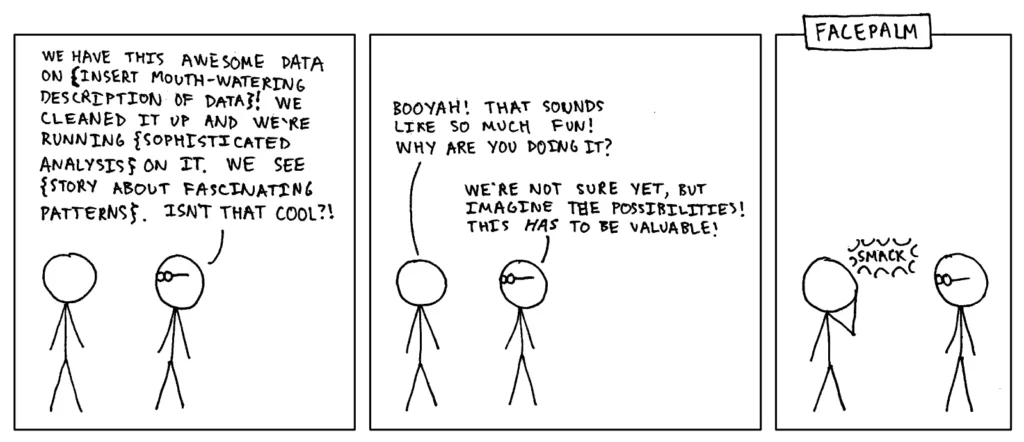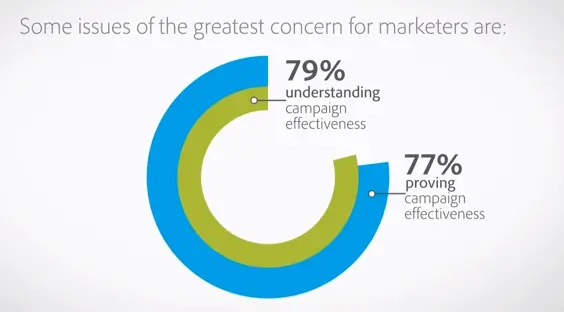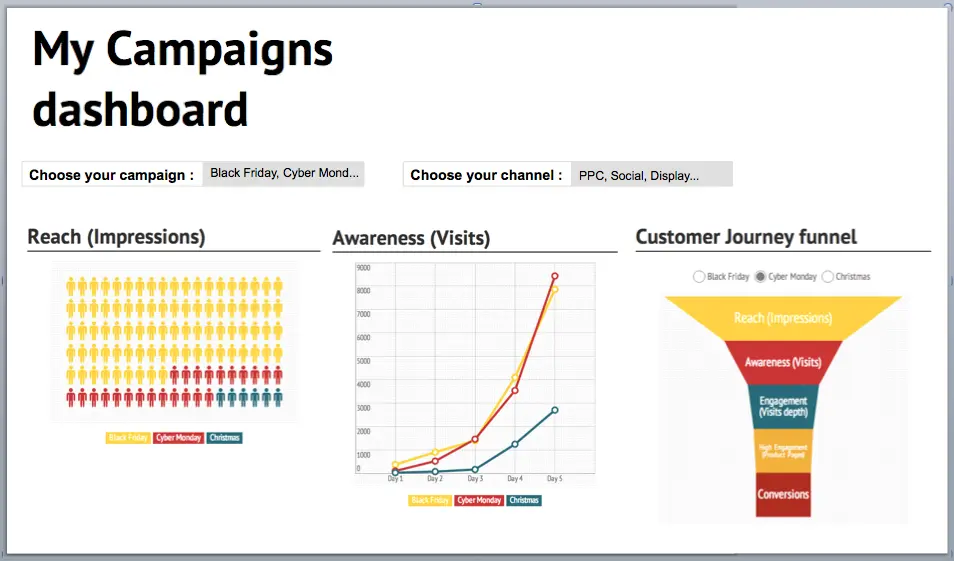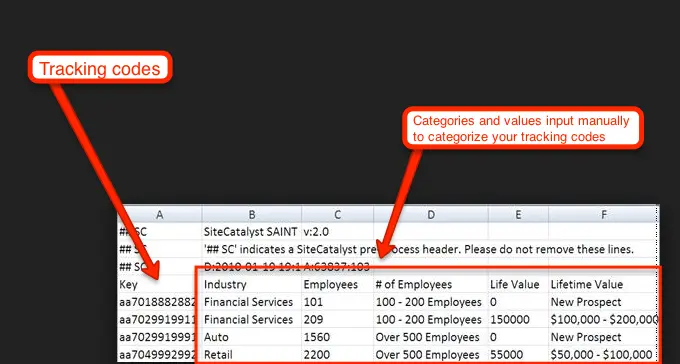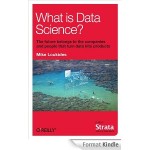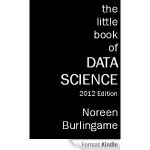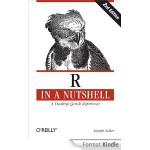Happy New Year everyone!
I wish you all the best for 2014, may all your dreams come true ! Days were slipping before the end of this month and the end of the new year wishing window although where I live today I do have an extension as Chinese New Year is coming pretty soon ; so this note will be short but still, I can’t start this year without this.
Who says New Year says New challenges and New opportunities, at least that’s what I want to hear. Last year, I had my Analytics roadmap for 2013 with 6 items :segmentation with personae, cross-platform analytics, analysis exchange, attribution modelling, site search and Tim’s Ash book to finish) , well as you can expect I didn’t cross all 6 items but some of them. I had the chance to participate to one project with Analysis Exchange for WWF Vietnam ; I read Tim’s Ash book about Landing page optimization, even though I still owe you a second post about the 2nd part and work on some pretty exciting analytics projects about campaign performance, site optimization, reporting enhancement among others subjects.
This year I’ll keep the same spirit : develop my analytical skills is my one and only focus and have fun doing it.
So 2014, here we are ! Where to start: 3 things that I am already excited about :
1. Kick starting today a new Analysis Exchange project
I am very happy to mentor this new project, hopefully I’ll share more with you in a few weeks.
Few words about Analysis Exchange :
2. Acquiring a new skill : “The Power to Predict”
I know this another 2014 buzzword word as many others, but I had the chance to participate to a “Data Analysis” course last year online via Coursera and touch-based a little bit about statistics, predictive modelling, R programming: how to organize a data analysis, the structure of files in a data analysis, how to get data, and the basics of how to clean data… This arouse my curiosity hence my challenge will be to firstly understand the basics of Data Analysis with a tool as R then using R to predict.
3. Working in Asia.
The last release of APAC DIGITAL MARKETING PERFORMANCE DASHBOARD – which look into the advancement of digital marketing across the Asia Pacific region – stated that 41% of the world’s Internet population resides in Asia, 78% of Asia Internet population in under 45, 69% of APAC marketers are measuring and testing digital campaigns and more importantly:
“In India, 28 percent of marketers rate their ability to measure the value and return on
digital marketing as excellent or very good, and Australia and Singapore also rank highly at 21% each. However, in comparison, Korea (3 percent), China (7 percent), Hong Kong (9 percent) and the rest of APAC (12 percent) are not yet as confident in their ability to demonstrate return on investment”
That is in my opinion a mine of gold from a learning, knowledge-sharing and skill improvement point of view. How exciting !
Hopefully, I’ll have new challenges and opportunities coming on the way ! You never know.
What about you ? What are your analytics challenges coming ahead? How would you develop your skills?
If you liked this article, please spread the data-love…
